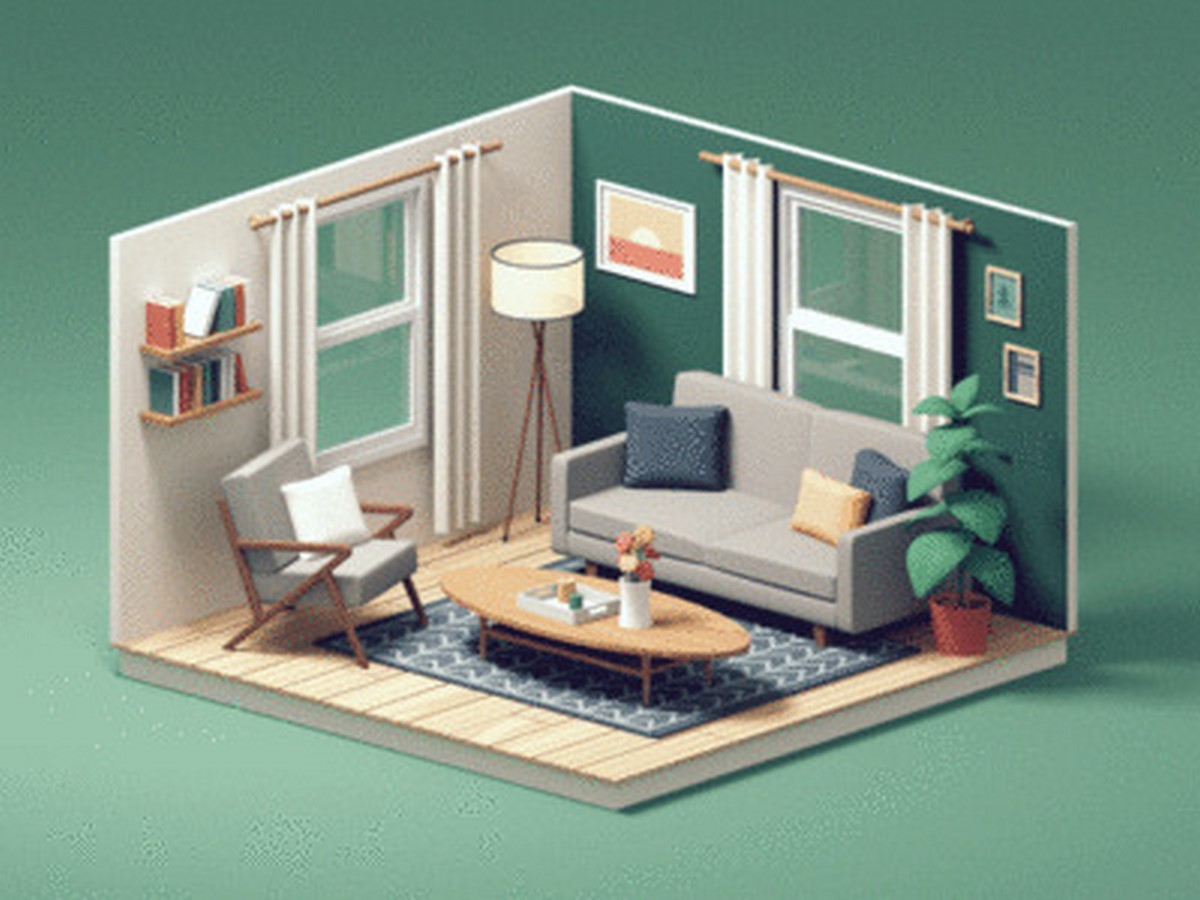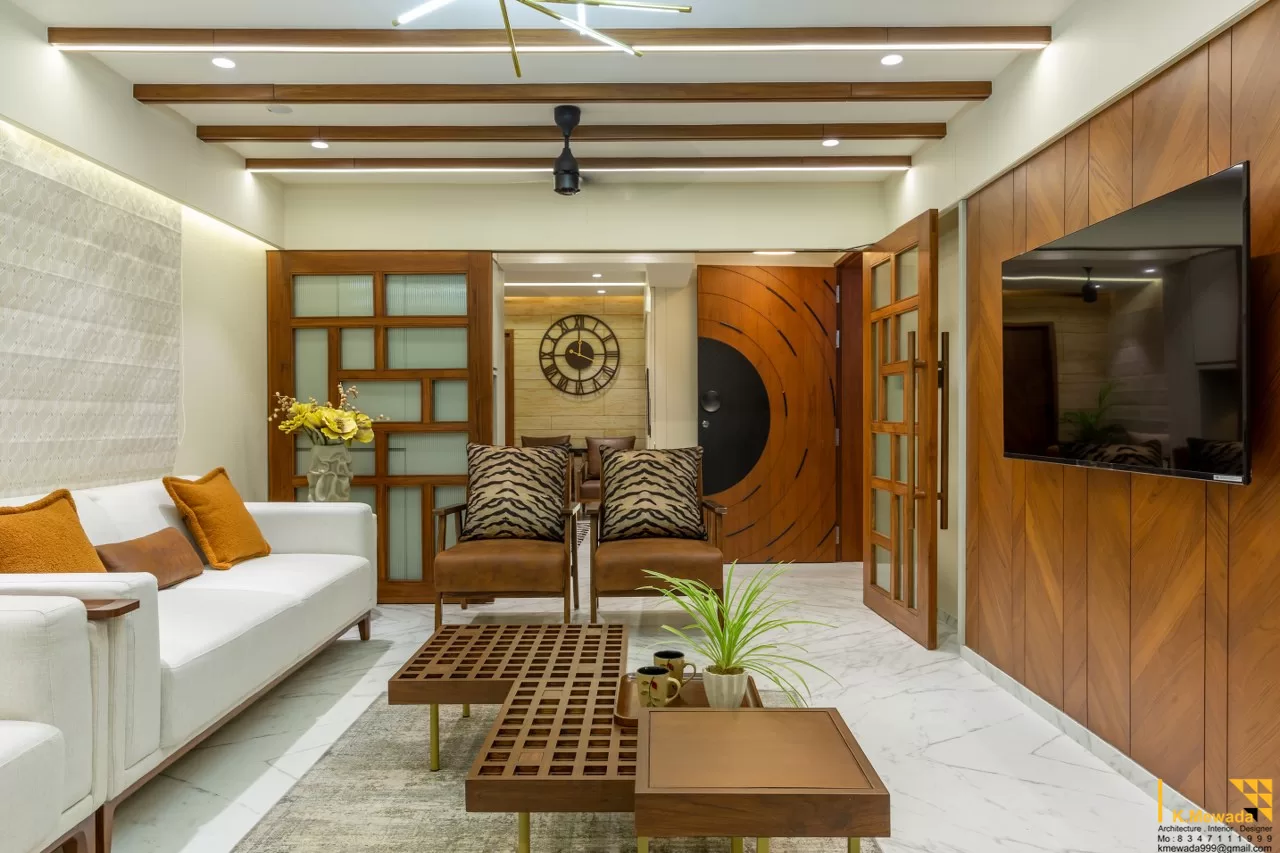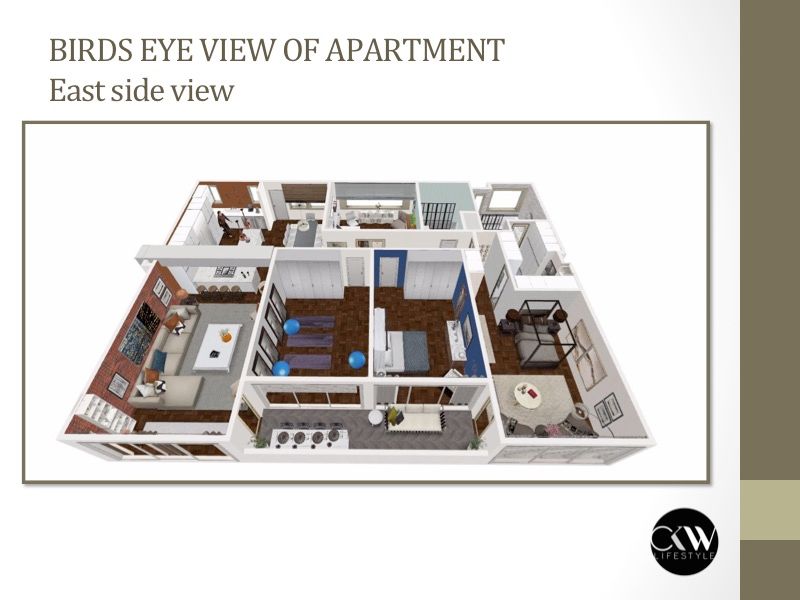The Art of Balance: How Interior Design and Home Engineer Collaborate for Stunning Results
In the world of home layout, striking a balance between appearances and performance is no tiny task. This delicate balance is attained with the harmonious cooperation between indoor developers and engineers, each bringing their distinct experience to the table. The result? Areas that are not just visually magnificent however additionally very livable. This excellent blend is not constantly very easy to obtain. Remain with us as we check out the ins and outs of this collective procedure and its transformative effect on home style.
Comprehending the Core Distinctions In Between Interior Decoration and Home Style
While both Interior Design and home style play essential functions in producing aesthetically pleasing and practical spaces, they are naturally different self-controls. Home design primarily focuses on the architectural facets of the home, such as developing codes, safety and security guidelines, and the physical construction of the space. It deals with the 'bones' of the structure, functioning with spatial measurements, load-bearing walls, and roof styles. On the other hand, Interior Design is extra worried with boosting the aesthetic and sensory experience within that framework. It entails selecting and arranging furniture, choosing color pattern, and including attractive elements. While they work in tandem, their functions, obligations, and locations of know-how diverge dramatically in the creation of an unified home environment.
The Harmony Between Home Design and Interior Decoration
The harmony in between home architecture and Interior Design exists in a common vision of design and the improvement of functional visual appeals. When these 2 fields straighten sympathetically, they can change a living room from ordinary to amazing. This cooperation calls for a much deeper understanding of each technique's concepts and the capability to develop a natural, cosmetically pleasing environment.
Unifying Design Vision
Unifying the vision for home architecture and Interior Design can create an unified space that is both useful and aesthetically pleasing. The equilibrium starts with an incorporated mindset; architects and indoor developers team up, each bringing their proficiency. This unison of ideas creates the layout vision, a plan that overviews the job. This shared vision is necessary for uniformity throughout the home, making sure a fluid transition from exterior architecture to indoor rooms. It advertises a synergistic technique where architectural elements complement Interior Design parts and the other way around. The result is a cohesive home that mirrors the house owner's personality, taste, and way of life. Thus, unifying the layout vision is important in blending style and Interior Design for sensational results.
Enhancing Functional Aesthetics
Exactly how does the harmony in between home architecture and interior design improve functional aesthetic appeals? Designers lay the foundation with their structural design, guaranteeing that the area is effective and sensible. A designer may design a home with high ceilings and huge windows.
Relevance of Collaboration in Creating Balanced Spaces
The cooperation in between interior designers and engineers is essential in developing balanced rooms. It brings consistency between design and style, bring to life rooms that are not only aesthetically pleasing but likewise functional. Discovering effective joint techniques can give understandings right into exactly how this synergy can be successfully achieved.
Harmonizing Layout and Architecture
Equilibrium, an important facet of both Interior Design and design, can only genuinely be attained when these 2 areas operate in consistency. This consistency is not merely a visual factor to consider; it affects the capability, toughness, and ultimately, the livability of a space. Inside developers and designers should comprehend each other's roles, appreciate their know-how, and connect effectively. They need to think about the interplay of structural components with design, the flow of spaces, and the impact of light and shade. This joint process results in a cohesive, balanced design where every component has an objective and adds to the total visual. Consequently, integrating design and architecture is not practically creating stunning areas, but concerning crafting spaces that function effortlessly for their inhabitants.
Successful Collective Techniques

Case Studies: Effective Combination of Style and Design
Checking out a number of study, it comes to be evident how the effective combination of Interior Design and design can transform a space. The Glass Residence in Connecticut, renowned for its minimalistic style, is one such example. Architect Philip Johnson and interior developer Mies van der Rohe collaborated to read more create a harmonious balance in between the interior and the framework, leading to a smooth circulation from the exterior landscape to the inner living quarters. Another prototype is the Fallingwater House in Pennsylvania. Architect Frank Lloyd Wright and interior designer Edgar Kaufmann Jr.'s joint efforts cause an amazingly distinct home that blends with its natural surroundings. These case studies underscore the profound impact of an effective design and architecture collaboration.

Conquering Difficulties in Design and Architecture Cooperation
Regardless of the indisputable advantages of a successful partnership between Interior Design and architecture, it is not without its obstacles. Interaction problems can occur, as both events may make use of different terminologies, understandings, and strategies in their work. This can lead to misunderstandings and hold-ups in project completion. Another major challenge is the harmonizing act of aesthetics and performance. Architects may prioritize structural stability and safety, while developers concentrate on convenience and style. The combination of these goals can be intricate. Furthermore, spending plan and timeline restrictions often include pressure, possibly causing rifts in the collaboration. As a result, reliable interaction, shared understanding, and compromise are essential to conquer these difficulties and attain a unified and effective cooperation.

Future Fads: The Evolving Partnership Between Home Architects and Inside Designers
As the globe of home style remains to develop, so does the connection in between engineers and indoor designers. The pattern leans in the direction of a much more integrated and joint strategy, damaging devoid of traditional roles. Architects are no much longer only focused on architectural integrity, but additionally participate in enhancing aesthetic charm - Winchester architect. Conversely, interior developers are embracing technological aspects, affecting total format and capability. This progressing synergy is driven by advancements in modern technology and the expanding need for rooms my blog that are not only aesthetically pleasing yet also practical and sustainable. The future promises a much more natural, innovative, and flexible technique to home design, as developers and designers proceed to blur the lines, fostering a partnership that absolutely personifies the art of balance.
Conclusion
The art of equilibrium in home layout is attained through the harmonious cooperation in between indoor designers and architects. Despite obstacles, this partnership cultivates growth and technology in layout.
While both interior layout and home design play crucial roles in producing cosmetically pleasing and practical spaces, they are inherently various disciplines.The harmony between home architecture and interior style lies in a common vision of style and the improvement of functional looks.Unifying the vision for home style and indoor design can create an unified living room that is both practical and cosmetically pleasing. Thus, unifying the layout vision is critical in mixing design and interior design for stunning outcomes.
Just how does the harmony between home style and indoor design improve useful appearances? (Winchester architect)